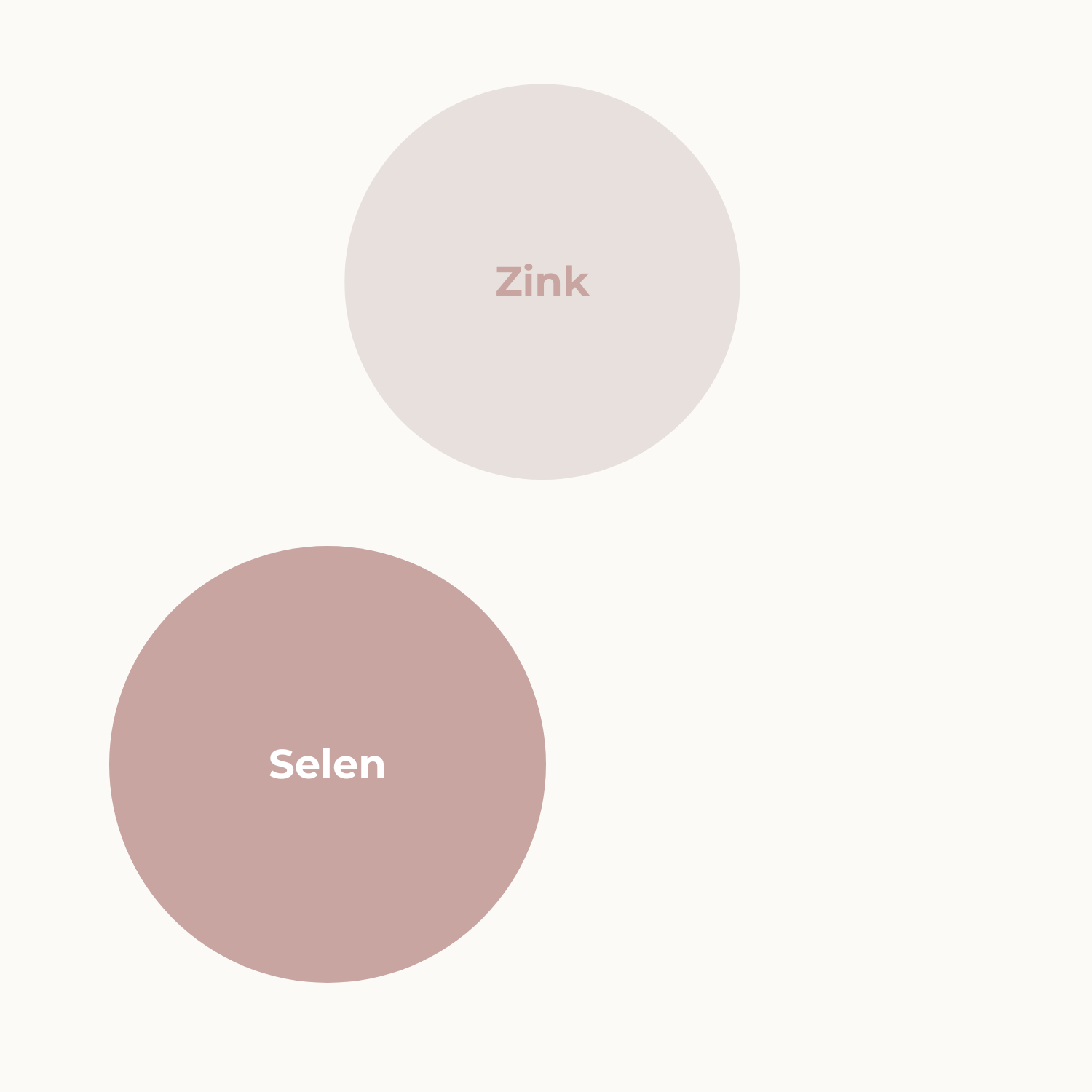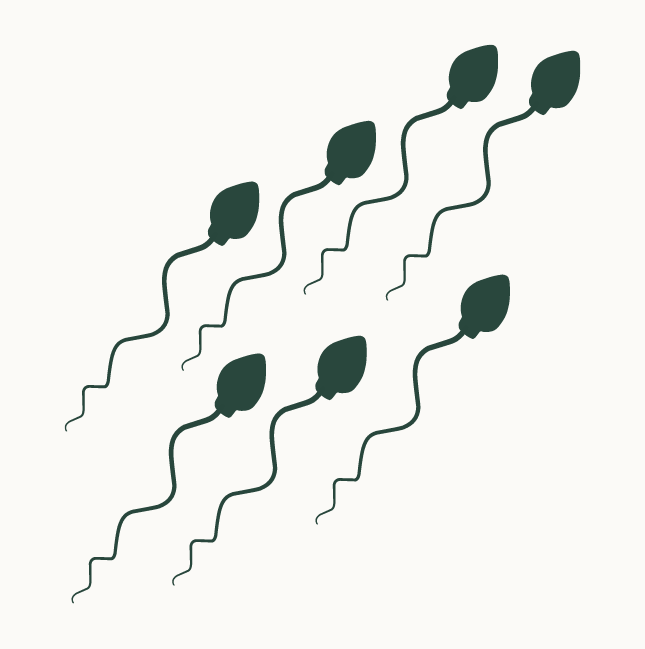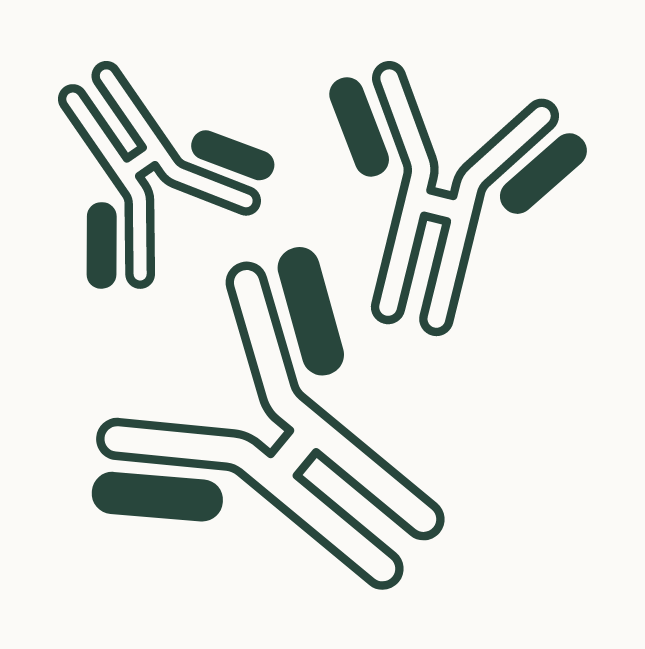
NUTRIENT PRESENTATION
selenium
Found in: meat, fish, whole grains, Brazil nuts.
Form: Sodium selenite
Classification: Pharmacopoeia quality Ph.Eur./USP
Origin: inorganic
Place of manufacture: China
Function: Cofactor of selenoproteins
Risk groups: European soils tend to be poor in selenium [8].
ADVANTAGES
Selenium Facts & Knowledge
Supply in Germany according to the national consumption study II: Selenium supply has not been analyzed. However, data from other European countries (Denmark, Finland, Italy, Netherlands, Sweden) show a critical selenium supply [11].
SELENIUM AND ITS FUNCTIONS [14]
- Selenium is a component of selenoproteins, which have antioxidant properties that contribute to the degradation of peroxides and protect against cell damage and infections [14, 16, 17].
- Selenium plays a crucial role in the metabolism and production of thyroid hormones because the thyroid gland has a high selenium concentration [16, 17].
SELENIUM IN PREGNANCY
- A well-functioning antioxidant defense system is important for the development of the fetus [7].
- Lack of regulation of oxidative stress has been associated with preeclampsia, preterm birth or small gestational age (SGA) [7].
- Selenium is considered a potentially critical nutrient in a plant-based lifestyle [1, 5].
NUTRILAB'S SELENIUM
- Sodium selenite, as an inorganic form, is more controllable than selenium yeast or selenomethionine and has no risk of selenium accumulation in the body.
- They are highly bioavailable and can therefore be better utilized by the body.
ACCEPTED HEALTH CLAIMS
- Contributes to the maintenance of normal hair
- Contributes to the maintenance of normal nails
- Contributes to the normal functioning of the immune system
- Contributes to normal thyroid function
- Helps protect cells from oxidative stress
- Contributes to normal sperm formation
biomarkers
Note:The European Food Safety Authority Panel considers SEPP1 to be the most informative biomarker of selenium function due to its role in selenium transport and metabolism and its response to different forms of ingested selenium [2, 5]. This biomarker (ie its plateauing in plasma) has been used by EFSA and DA-CH to derive reference intake values for selenium [2, 5, 11, 14].
60 - 140 μg/l [2, 3]
60 - 140 μg/l [2, 9]
deficiency
Adequate
leads to an optimization of iodothyronine deoiodinase activity
leads to an optimization of glutathione peroxidase and selenoprotein P activity

COLLEAGUES
Who does Selen work with?
Selenium and zinc provide a protective shield that supports optimal protection for the cell.
FOR FURTHER READING
Evidence-based formulations
We use nutrients that are backed by a comprehensive body of research that is growing daily.










